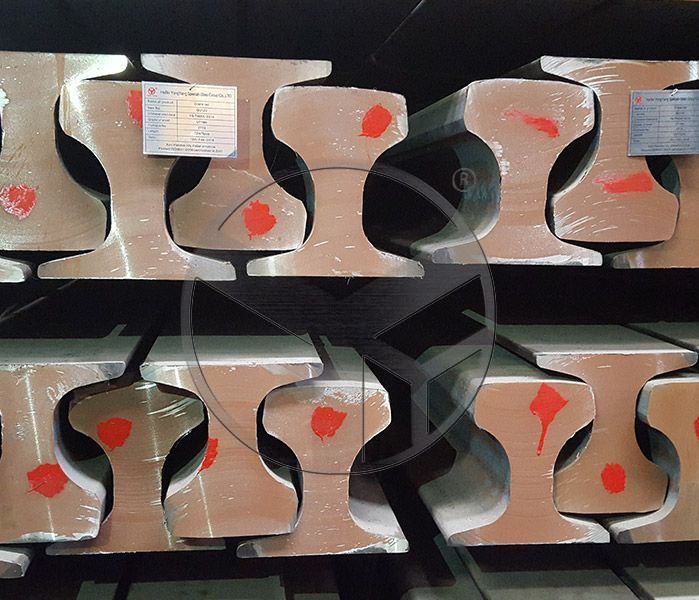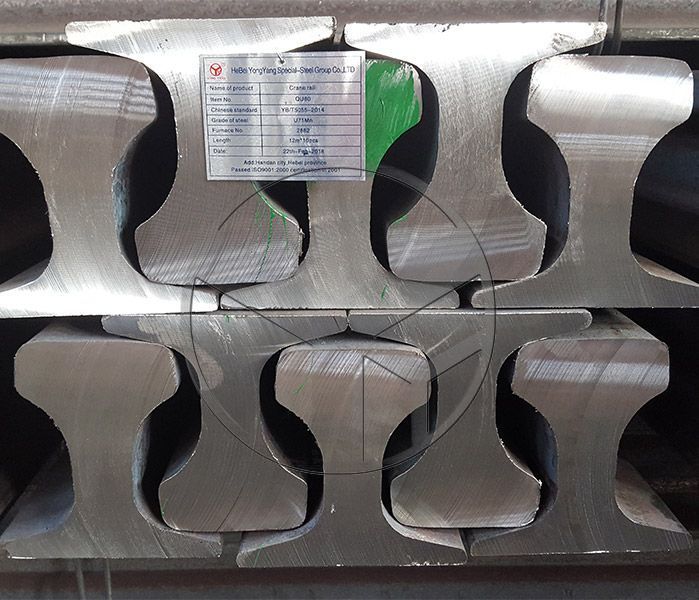Home >> News >> Latest News
Crane track is a combined field of mechanical engineering and civil engineering. Generally speaking, mechanical engineers are only concerned with operational equipment issues, and civil engineers are only concerned with the safety and reliability of track construction. As for the part in between, crane tracks always have some problems due to the lack of professional engineers and technicians.
At present, most crane track fixing schemes are designed according to the standard drawings of railway tracks. The traditional way of rail connection is to use rail connecting rods, but crane rails are better to use rail fastening system. In fact, with the update of technology, the crane tonnage is getting bigger and bigger, and the working frequency is getting higher and higher. The traditional rail fastening system can not adapt to the requirements of crane development, so it is important to understand the crane rail fastening system.
In China, the traditional rail fastening system has low investment but high maintenance cost. YONGYANG is a typical crane rail system manufacturer. Today, portal crane rail fastening systems are known as the most reliable and cost effective type of crane rail fasteners.

Crane rail fasteners are more suitable for crane rail fixing than traditional rail fasteners. Crane track fastener systems can make up for the shortcomings of traditional fastener systems. Let's see what are the solvable solutions.
1,The traditional crane rail fastening is connected by rail fishtail plate, and there will be a gap between the two ends of the rail. When the train passes through the rail joint, the gap will generate vibration. Frequent vibration will make the crane bolts and fishtail bolts lost, also will cause more other damage to the crane.
Solution: The welding method is the most effective way to solve the joint problem. The welding method requires adjustable crane rail clamps.
2,Crane rails are made of hot rolled and the rail base usually has an uneven surface. The longitudinal extension of the track caused by thermal expansion and contraction will create peaks, and when the crane is running, the pressure will crush the particles. Time after time, the concrete bed will be damaged.
Solution: Lay a steel plate between the track and concrete surface. The track pad of the crane track fastening reduces the positive pressure. Grouting of the crane track fastening system also provides protection for the concrete. Steel plates and concrete are bonded together with grout. The grout is dimensionally stable and has good flowability.
3,Conventional track clamps for fixing steel plates are directly on the ground studs. The lateral forces generated by the crane operation are transferred to the concrete bed through the ground bolts. When the lateral force is much greater than the ultimate strength of the concrete bed, the bed will break and the ground bolts will fall off.
Solution: Set the ground bolts and crane clamps separately. The foot bolt is only used to fix the steel plate, the lateral force is transferred to the foot bolt evenly, and the concrete bed receives less force. The track is fixed by the crane clamp.
4,When the crane runs along the crane track, the end of the track leaves vertically with a large lifting capacity. Lifting capacity may be lost or damage the track bolts.
Solution: The crane track fastener system has a rubber mat which protects the crane bolts from loosening or breaking.

If you need to buy crane track, or other railroad fasteners, please contact us promptly.

Leave a message